Rubber tree help
HU-798200141
last year
last modified: last year
Related Stories
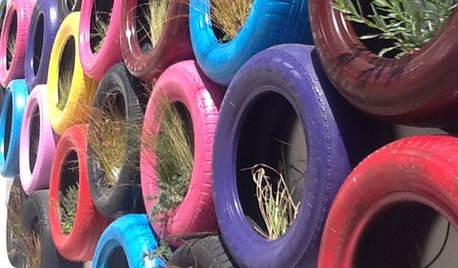
SALVAGECan We Bounce Some Great Recycled-Rubber Ideas Off You?
No need to bemoan that spare tire. Old rubber is getting a guilt-free second life as flooring, pavers, sinks and even furniture
Full Story
WINTER GARDENINGHow to Help Your Trees Weather a Storm
Seeing trees safely through winter storms means choosing the right species, siting them carefully and paying attention during the tempests
Full Story
DECLUTTERINGDownsizing Help: How to Edit Your Belongings
Learn what to take and what to toss if you're moving to a smaller home
Full Story
STANDARD MEASUREMENTSThe Right Dimensions for Your Porch
Depth, width, proportion and detailing all contribute to the comfort and functionality of this transitional space
Full Story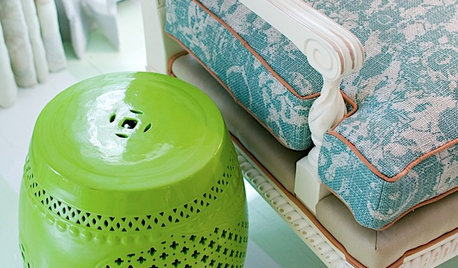
DECORATING GUIDESThe Most Helpful Furniture Piece You May Ever Own
Use it as a table, a seat, a display space, a footrest ... and indoors or out. Meet the ever-versatile Chinese garden stool
Full Story
SELLING YOUR HOUSE10 Low-Cost Tweaks to Help Your Home Sell
Put these inexpensive but invaluable fixes on your to-do list before you put your home on the market
Full Story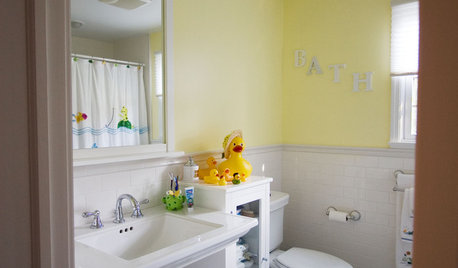
FUN HOUZZQuack, Quack: Happy Rubber Duckie Day!
Make January 13 all it's quacked up to be with a yellow little fellow perched on a sink, tub or table
Full Story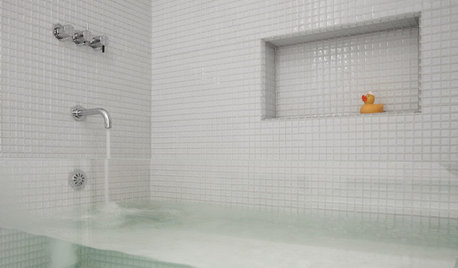
DECORATING GUIDESRubber Duckie Day Fun to Float Your Boat
We’ve been in fine feather at Houzz gathering all the photos of duckies making their home in yours
Full Story
PRODUCT PICKSGuest Picks: Help Your Home Blossom With Floral Decor
Sprinkle hints of spring around your rooms with fabrics, wall coverings and more that recall nature's charms
Full Story






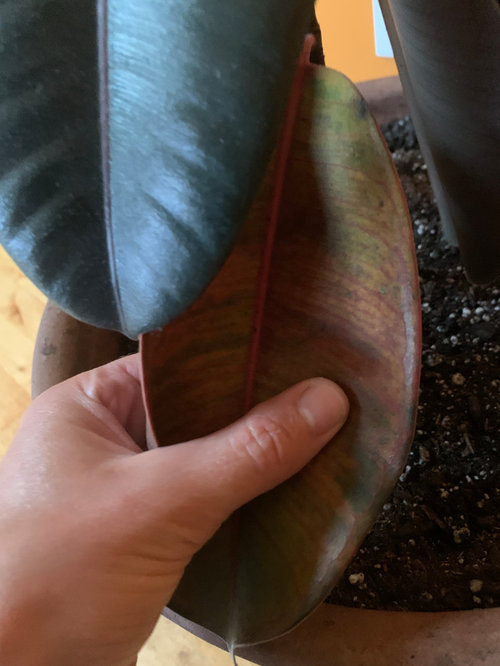






ken_adrian Adrian MI cold Z5
tapla (mid-Michigan, USDA z5b-6a)
HU-798200141Original Author
tapla (mid-Michigan, USDA z5b-6a)